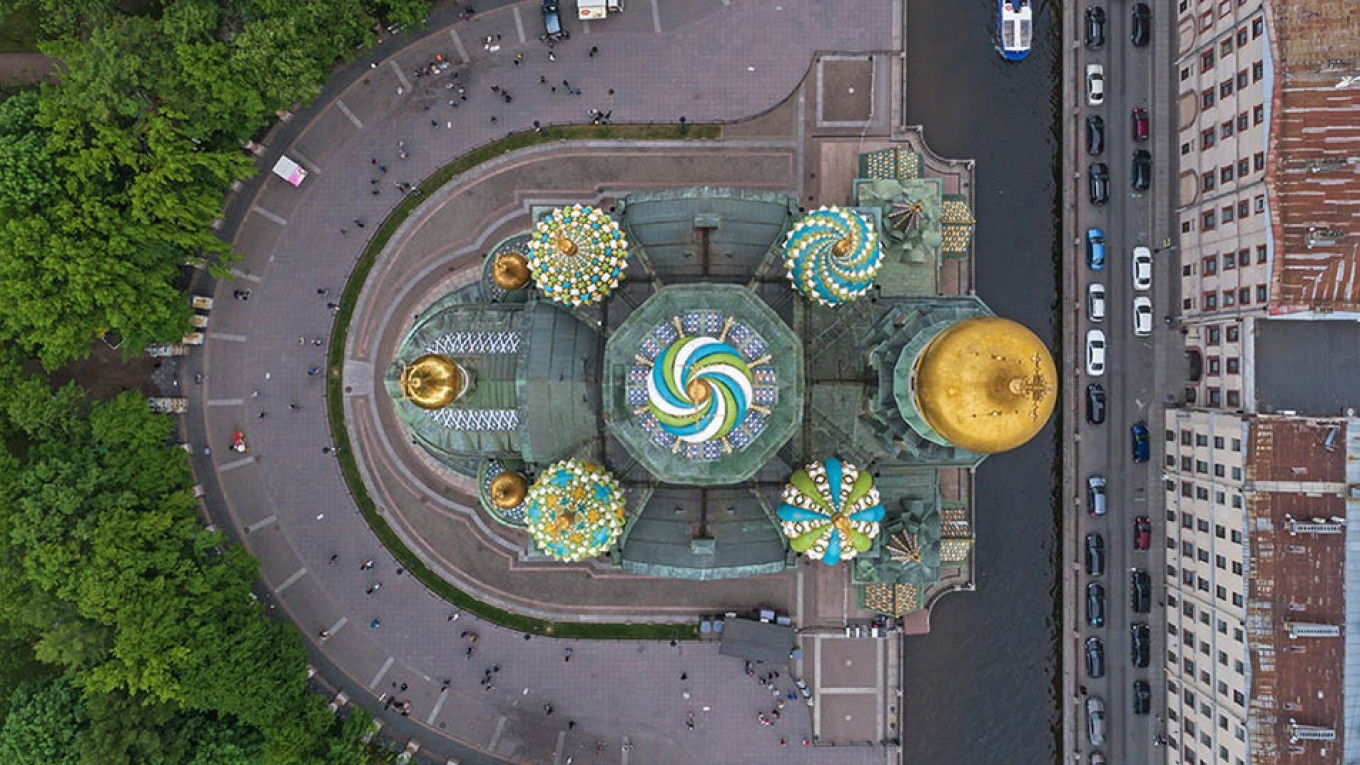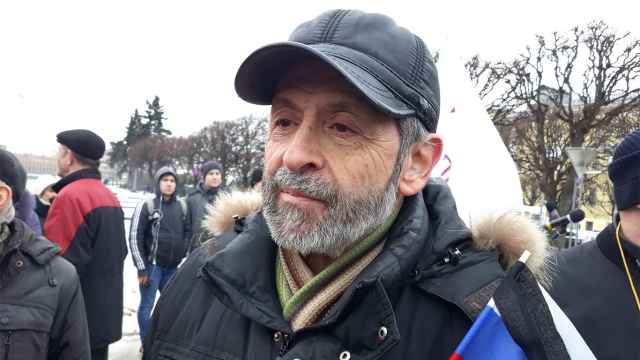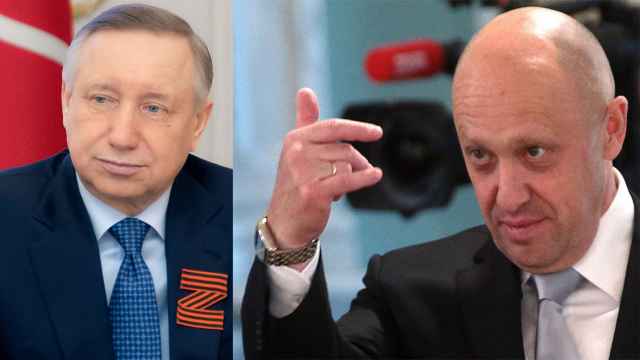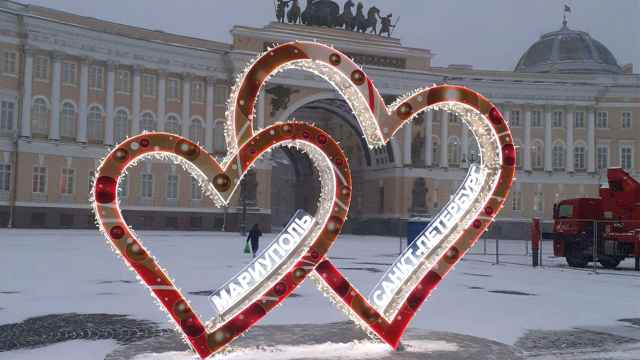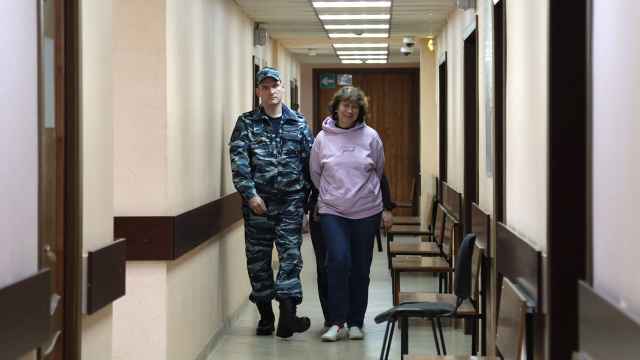The Church of the Savior on Spilled Blood
The Church of the Savior on Spilled Blood takes its name from the tragic episode of 1881 when Tsar Alexander II, who made history for abolishing serfdom in 1861, was assassinated by a terrorist on the spot where the church now stands. Inside the church you can see a fragment of the pavement stained by the blood of the Tsar Liberator, as Russians call him. Alfred Parland designed the building in the style of 16th and 17th Russian churches. It is often called a museum of mosaics: There are more than 7,000 square meters of mosaics depicting biblical scenes. The cathedral was used as a morgue and a vegetable warehouse during the Soviet period.
2B Griboyedov Kanal
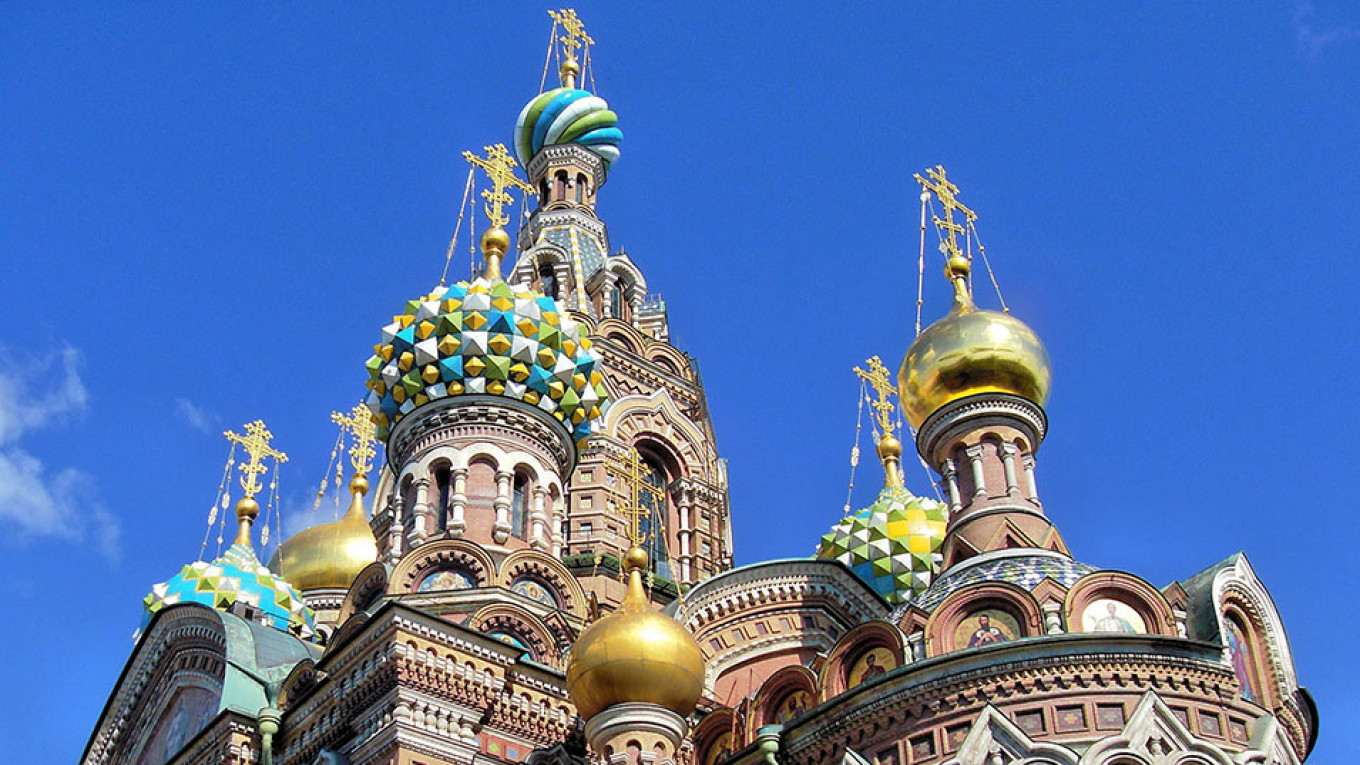
Troitsky Cathedral
Troitsky Cathedral glitters with an aquamarine dome roof studded with gold stars. The building is a prime example of late Empire style architecture, with neoclassical white pillars and delicate carvings. The cathedral was constructed in 1825-1835 in honor of the Izmailovsky Regiment (Russian tradition required that a church be built for each regiment of the imperial guard). After the Bolshevik Revolution, the cathedral was looted and repurposed as a warehouse. Reconstruction began in the 2000s, but was disrupted by a major fire in 2006 that destroyed the original dome. The dome was rebuilt and the church reopened in 2010.
7a Izmailovsky Prospekt
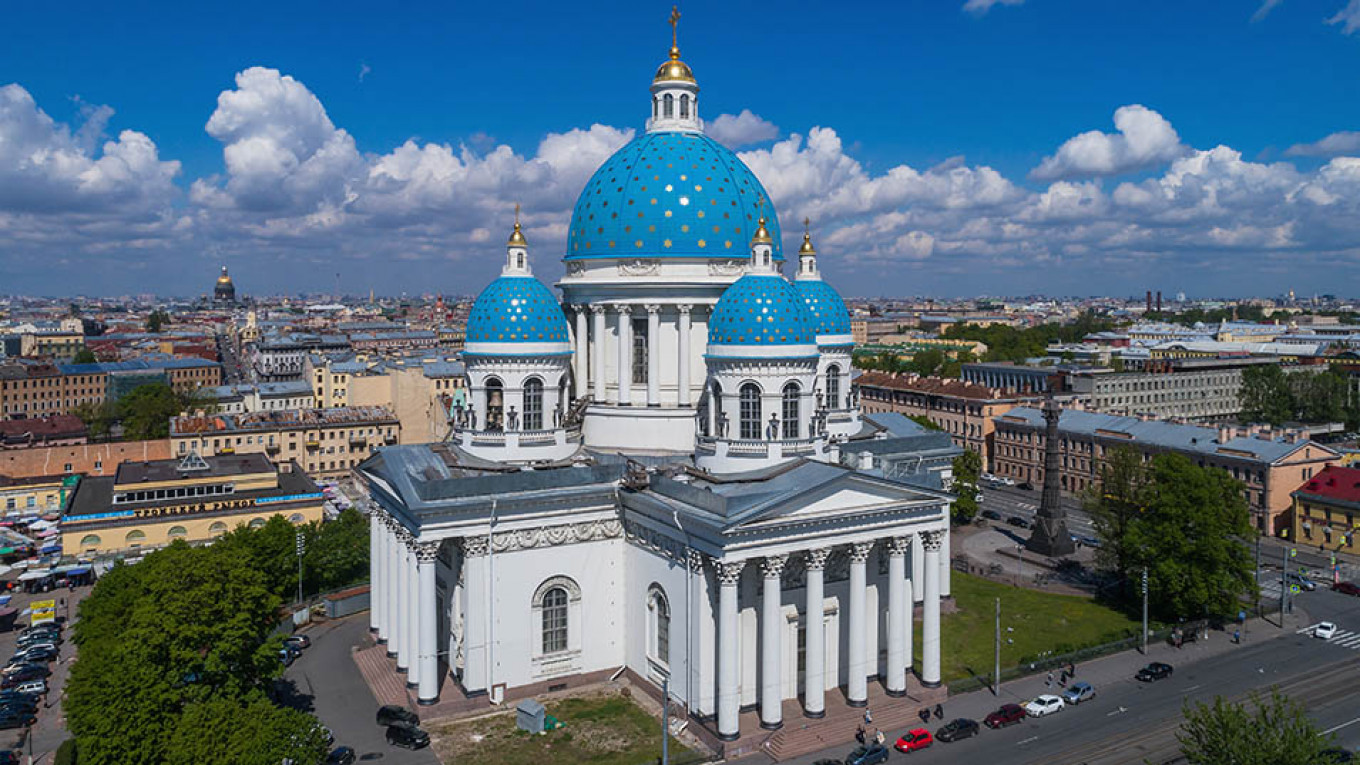
St. Peter and Paul Lutheran Church
The Lutheran Church of St. Peter and Paul is one of the most important Protestant churches in Russia. Built in 1833-1836, it is one of the oldest and currently serves as the seat of the Archbishop of the Evangelical Lutheran Church in Russia, Ukraine, Kazakhstan and Central Asia. With rounded arches, sweeping towers and classical-style statues of apostles Peter and Paul framing the front entrance, it is also late Empire style. The Soviets repurposed the church as an indoor swimming pool. In 1990 the church was restored and continues to hold services in both Russian and German.
22-24 Nevsky Prospekt
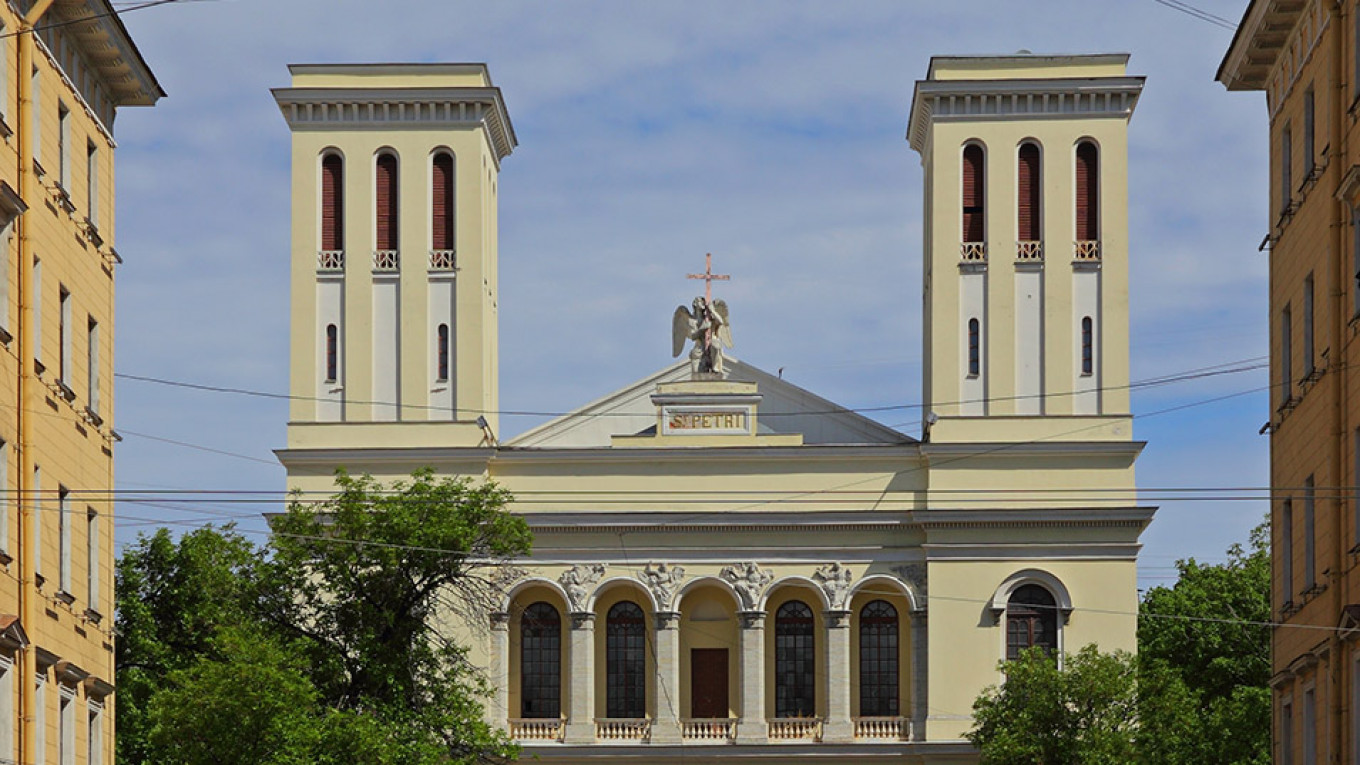
St. Isaac’s Cathedral
St. Isaac’s Cathedral is known for its bird’s eye view of the city from the colonnade. There is no elevator, but the climb of nearly 300 steps is worth the effort. Designed by the French architect Auguste de Montferrande, the cathedral took 40 years to complete (1818-1858). As one anecdote has it, a fortune-teller told Montferrande that he would die after the cathedral was finished, so the architect made every effort to procrastinate. The truth is less dramatic. The cathedral is extremely heavy and required massive amounts of granite to stabilize it.
4 Isaakiyevskaya Ploshchad
Grand Choral Synagogue
The city’s Grand Choral Synagogue is the world’s third largest, after synagogues in New York and Budapest. One of the younger religious buildings in St. Petersburg, it was designed in lavish Moorish style by Lev Bakhman—the first Jewish graduate of the St. Petersburg Academy of Fine Arts—and consecrated in 1893. It is open to non-religious visitors every day, except Saturdays and religious holidays.
2 Lermontovsky Prospekt
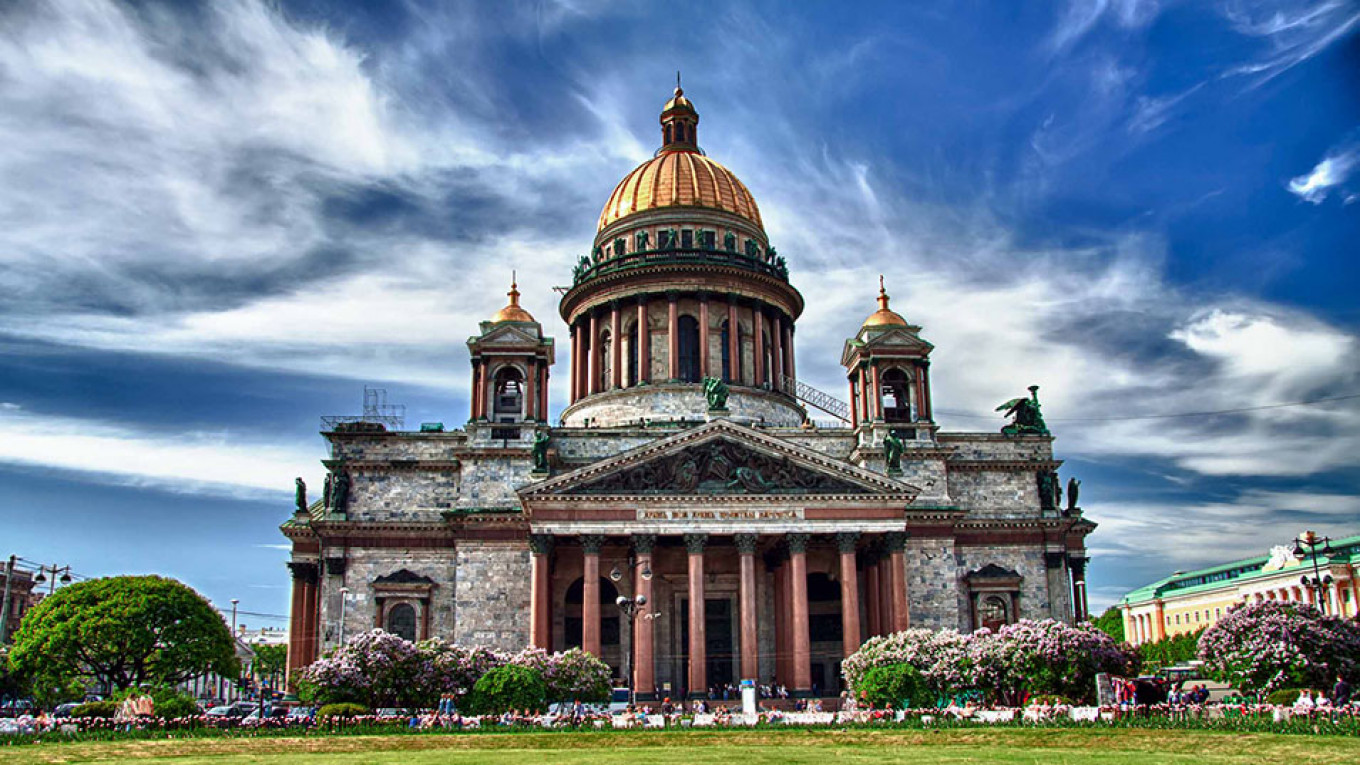
Datsan Gunzechoinei Buddhist Temple
A visit to the Buddhist Temple, also known as Datsan Gunzechoinei, takes you on a detour from the city center, yet it has a remarkable history and makes for a memorable visit. It is the world’s northernmost Buddhist temple and was built in 1910-1915, following a 1909 petition from the Dalai Lama and with the permission of the tsar. During Soviet times the temple played several roles, including a home for a military radio station, a sports base and a zoology research lab. The temple resumed services in 1990.
91 Primorsky Prospekt
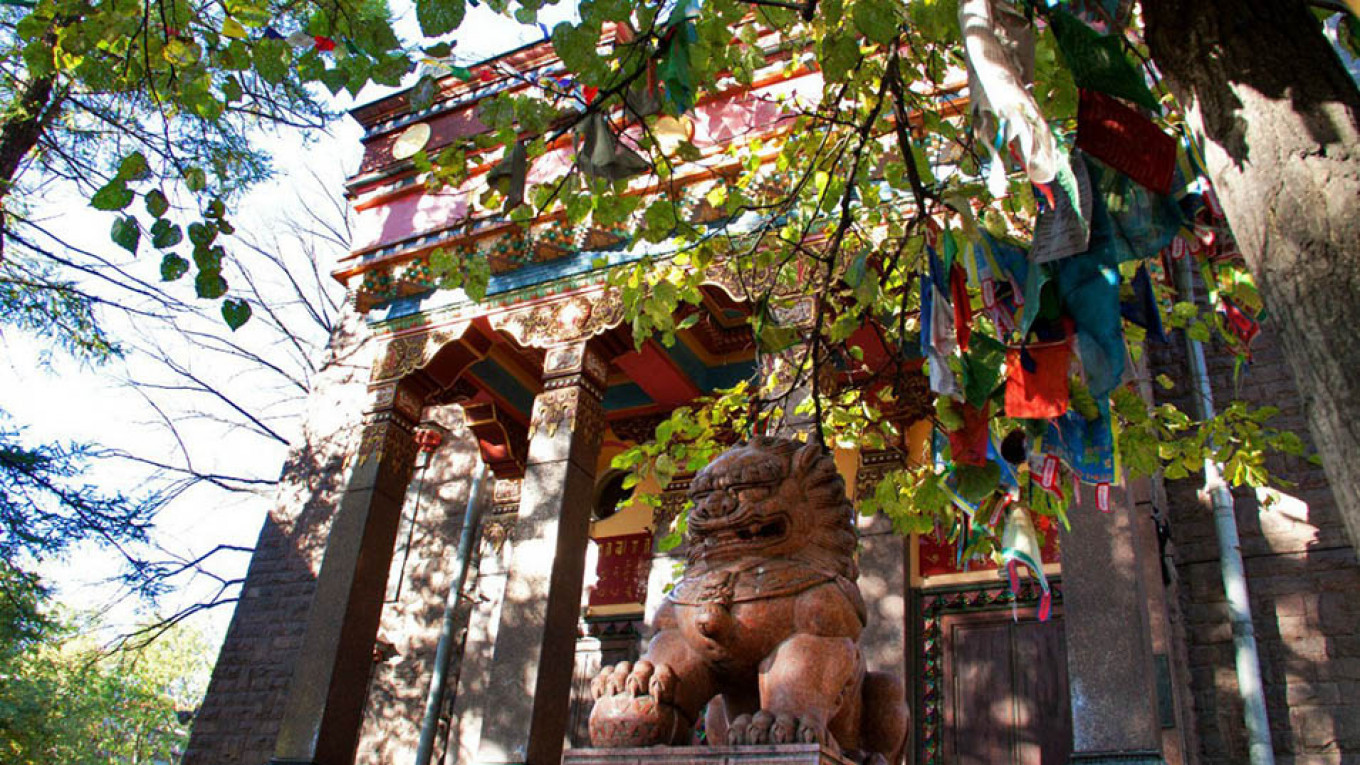
St. Nicholas Naval Cathedral
The St. Nicholas (Nikolsky) Naval Cathedral, which locals call the “Sailors’ Cathedral,” is one of the oldest in town—a genuine masterpiece of baroque architecture. The fabulous blue and white Orthodox cathedral with shiny golden domes was built in 1753-1760 and designed by the Admiralty architect Savva Chevakinsky. It became a naval cathedral in 1762 by order of Catherine II. The cathedral’s walls are decorated with scenes from the history of the Russian Navy.
1/3 Nikolskaya Ploshchad
Holy Trinity Alexander Nevsky Monastery
The seminal Orthodox monastery in St. Petersburg is the Holy Trinity Alexander Nevsky Monastery, which is more commonly referred to locally as the lavra, a word for a large and important Orthodox monastery. It was founded by Peter the Great in 1710, making it nearly as old as the city itself. Popular legend has it that the monastery was established near the spot where Prince Alexander Nevsky won the historic Battle of the Neva against the Swedes in 1240. The monastery houses the relics of Alexander Nevsky. At the monastery’s Tikhvin Cemetery are the graves of Fyodor Dostoevsky, Pyotr Tchaikovsky and other famous Russian composers and writers.
1 Naberezhnaya Reki Monastyrki
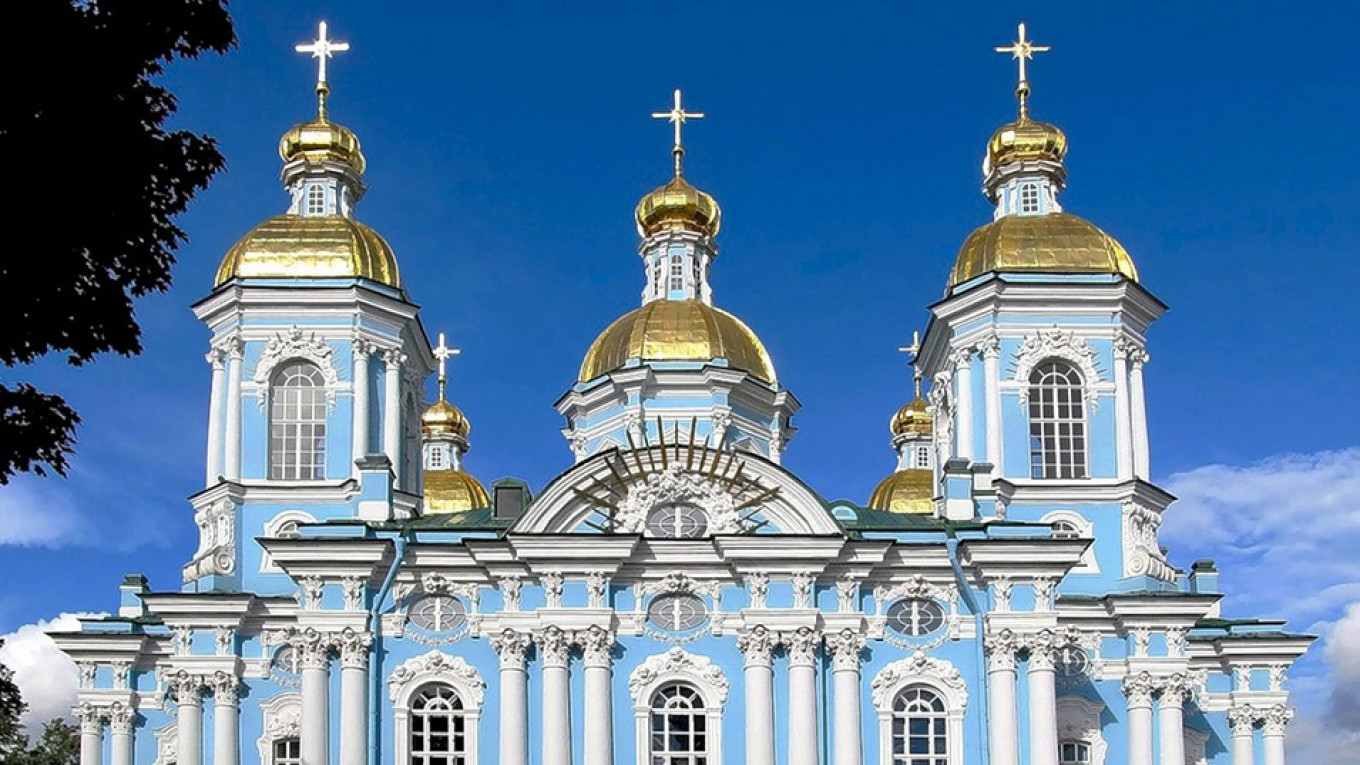
Smolny Cathedral
The baroque Smolny Cathedral’s famous blue and while exteriors were designed in the 18th century by Italian architect Bartolomeo Rastrelli—the man behind the Winter Palace, the Catherine Palace in Tsarskoye Selo and the Grand Palace in Peterhof. It is part of the Smolny Convent that was established by the decree of Catherine the Great. The interiors did not survive, and the cathedral now serves as a classical music concert venue with a chamber choir.
3/1 Rastrelli Square
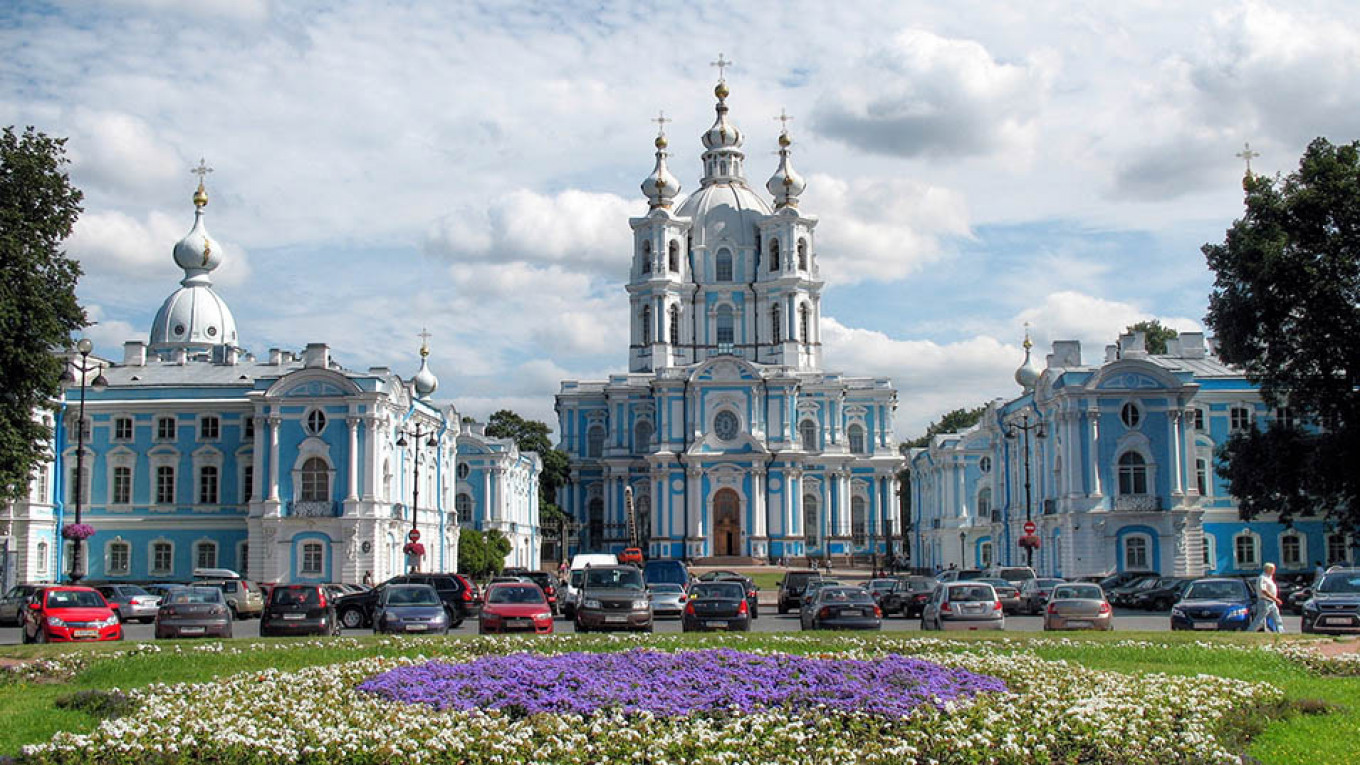
The Great Mosque of St. Petersburg
The Great Mosque of St. Petersburg opened in 1913. At the time it was the largest mosque in Europe outside of Turkey. The mosque was built with private donations from across Russia, the largest sum coming from the Emir of Bukhara in whose honor the mosque was founded in 1910. The mosque’s tiled blue cupola designed by architect Nikolai Vasilyev resembles the mausoleum of Tamerlane in Samarkand, Uzbekistan. This beautiful and spacious mosque can accommodate up to 7,000 people on its three floors.
7 Kronverksky Prospekt
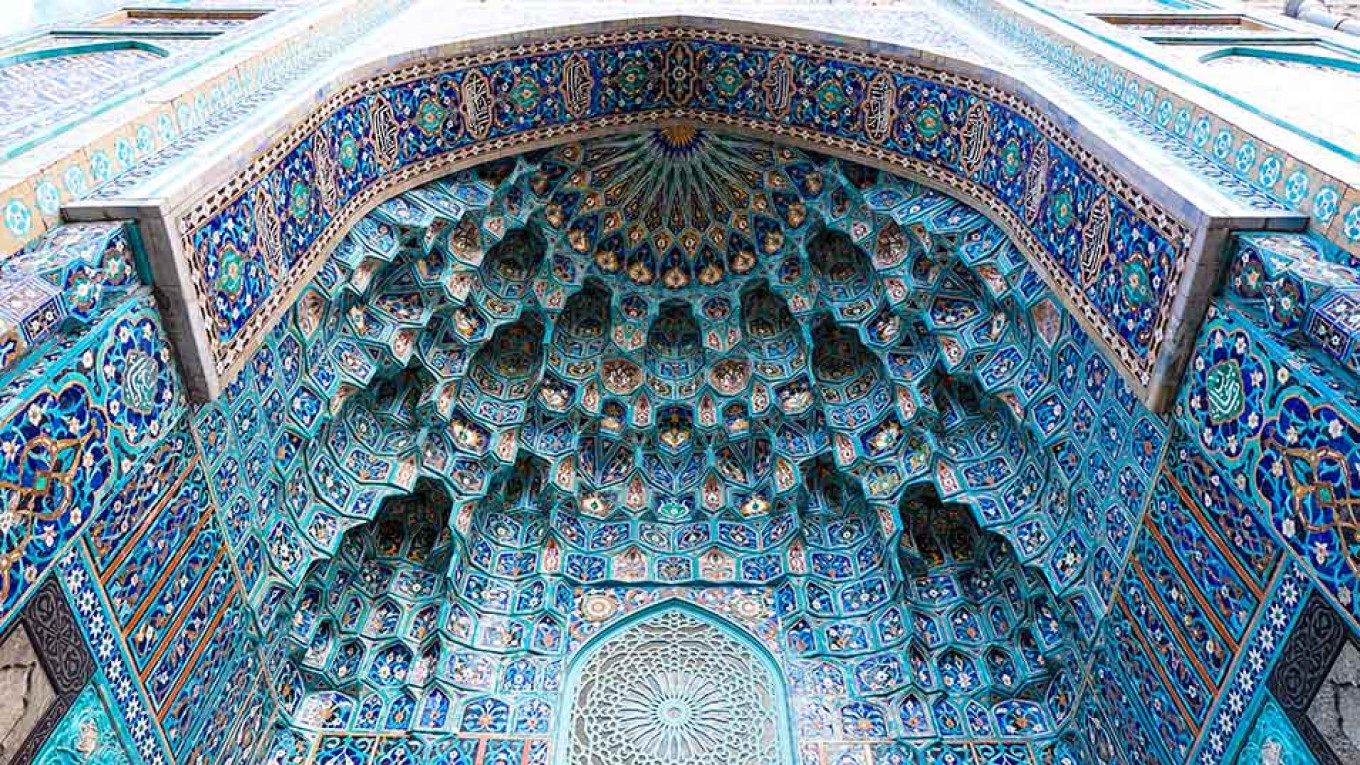
Kazan Cathedral
The Kazan Cathedral, built in the early 19th century, makes clear visual references to St. Paul’s Cathedral in Rome, which was used as inspiration by the Russian architect Andrei Voronikhin. The colonnade symbolizes the open embrace of God. This Orthodox cathedral is home to the Our Lady of Kazan icon, one of the most revered icons in the country.
2 Kazanskaya Ploshchad
A Message from The Moscow Times:
Dear readers,
We are facing unprecedented challenges. Russia's Prosecutor General's Office has designated The Moscow Times as an "undesirable" organization, criminalizing our work and putting our staff at risk of prosecution. This follows our earlier unjust labeling as a "foreign agent."
These actions are direct attempts to silence independent journalism in Russia. The authorities claim our work "discredits the decisions of the Russian leadership." We see things differently: we strive to provide accurate, unbiased reporting on Russia.
We, the journalists of The Moscow Times, refuse to be silenced. But to continue our work, we need your help.
Your support, no matter how small, makes a world of difference. If you can, please support us monthly starting from just $2. It's quick to set up, and every contribution makes a significant impact.
By supporting The Moscow Times, you're defending open, independent journalism in the face of repression. Thank you for standing with us.
Remind me later.


